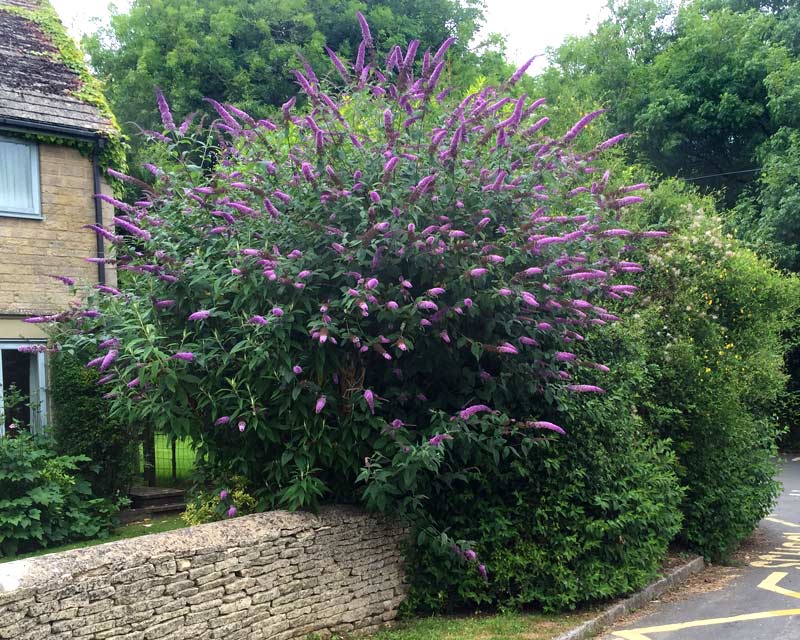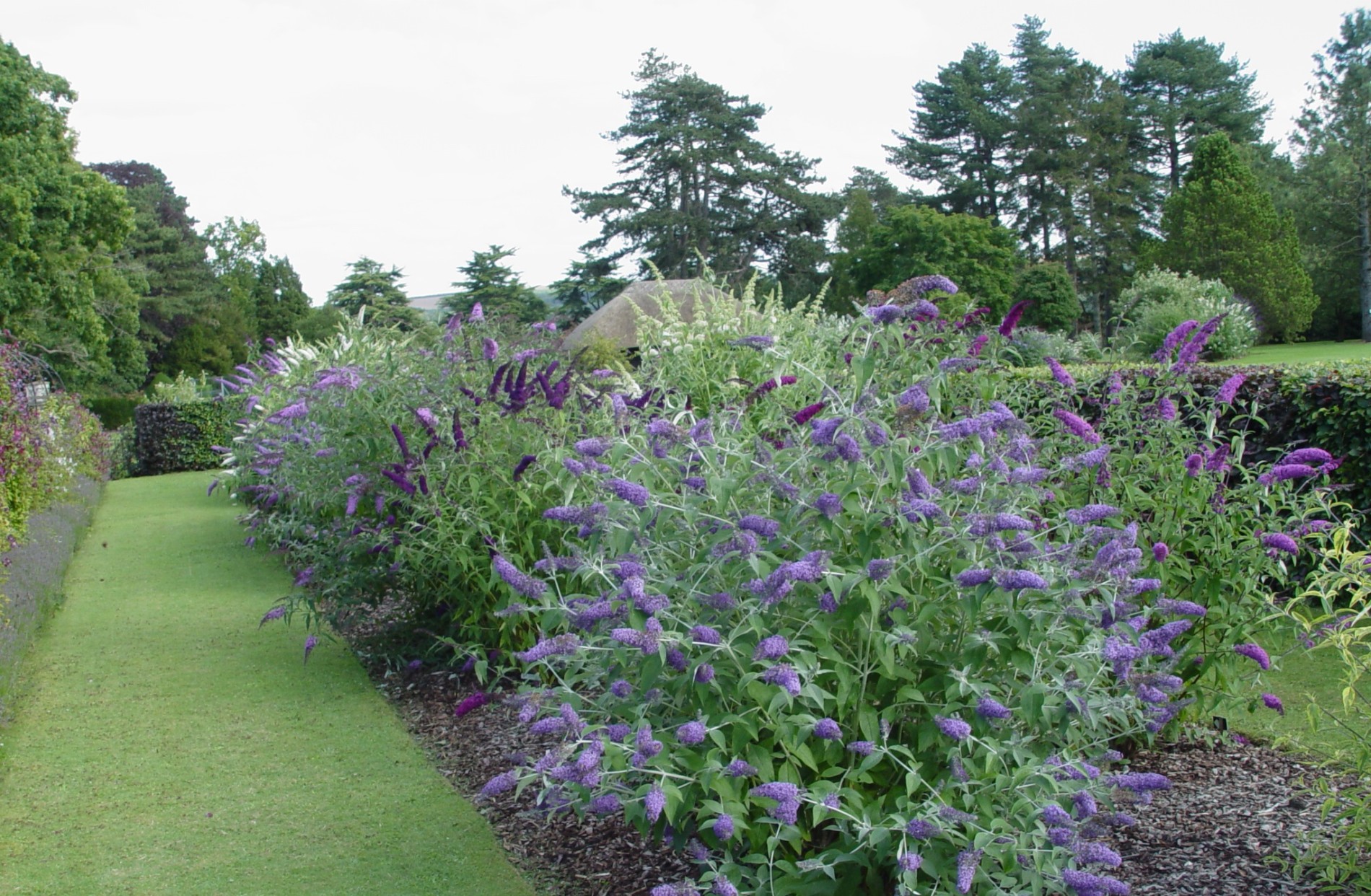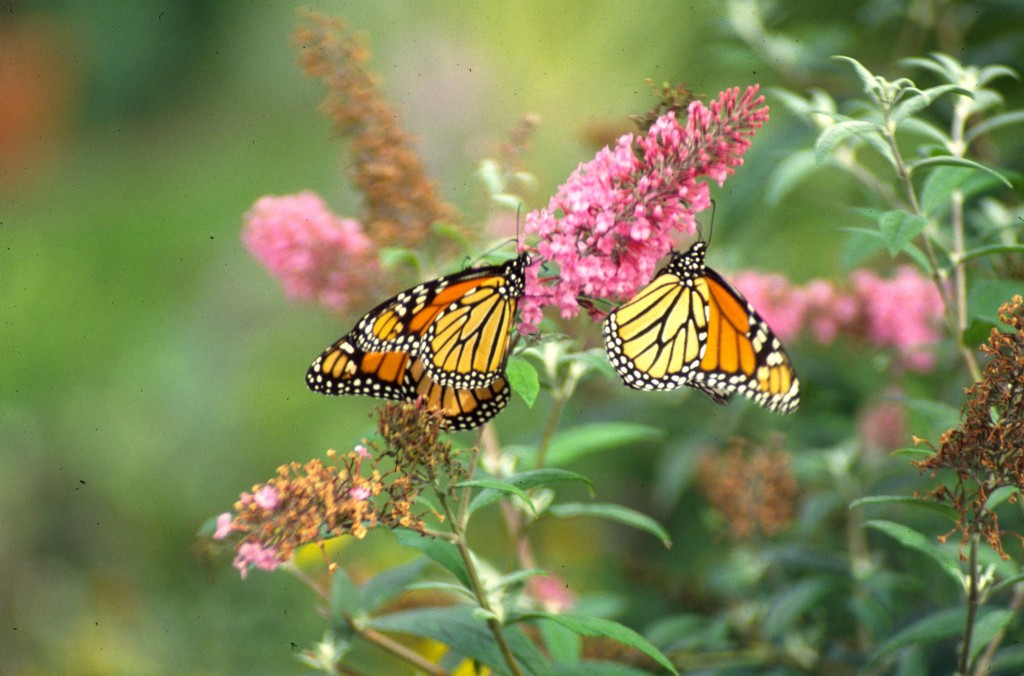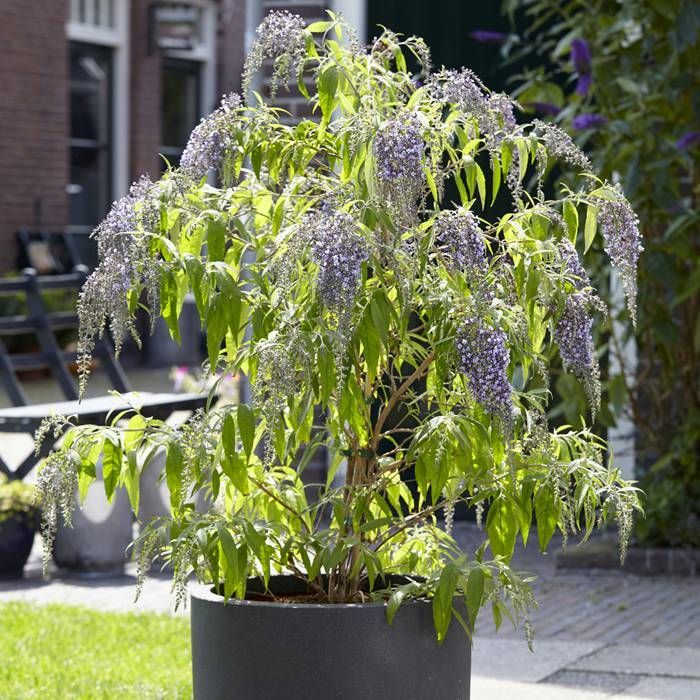And
Title: The Power of "And"
Introduction:
The word "and" is one of the most common words in the English language, but it's also one of the most powerful. It's a conjunction that connects two ideas, but it can also be used to create a sense of possibility, creativity, and innovation.
In this blog post, I'll explore the power of "and" and how it can be used to improve your writing, your thinking, and your life.
Main Content:
The word "and" can be used in a variety of ways to create a sense of possibility. For example, you could say "I could be a doctor and a writer" or "I could travel the world and start my own business." These statements open up the possibility of multiple futures, and they can help you to think more creatively about your own possibilities.
The word "and" can also be used to create a sense of collaboration. For example, you could say "We can work together to solve this problem" or "We can build a better future, together." These statements emphasize the importance of teamwork and cooperation, and they can help you to build stronger relationships with others.
Finally, the word "and" can be used to create a sense of innovation. For example, you could say "We can think outside the box and come up with new ideas" or "We can combine our skills to create something new." These statements encourage you to think outside the traditional boundaries, and they can help you to find new and innovative solutions to problems.
Conclusion:
The word "and" is a powerful tool that can be used to improve your writing, your thinking, and your life. By using "and" to connect ideas, create possibilities, and foster collaboration, you can open up new worlds of possibility for yourself and others.
FAQ of buddleia davidii
- What is Buddleia davidii?
Buddleia davidii, also known as butterfly bush, is a deciduous shrub that is native to China. It is known for its long, fragrant flowers that attract butterflies and other pollinators. Butterfly bushes can grow up to 10 feet tall and wide, and they are hardy in USDA zones 5-9.
- How do I grow a butterfly bush?
Butterfly bushes are easy to grow and care for. They prefer full sun and well-drained soil. They can be planted in the spring or fall, and they should be watered regularly during the first year. Butterfly bushes do not require a lot of fertilizer, but they may benefit from a light application of compost in the spring.
- How do I prune a butterfly bush?
Butterfly bushes can be pruned in the spring or fall. In the spring, you can remove any dead or damaged branches. You can also prune the bush to maintain its shape. In the fall, you can cut the bush back to about 2 feet tall. This will encourage new growth in the spring.
- How do I overwinter a butterfly bush?
In colder climates, butterfly bushes may need to be protected from the cold. You can do this by wrapping the bush in burlap or plastic. You may also need to water the bush more frequently during the winter.
- What are some common problems with butterfly bushes?
Butterfly bushes are susceptible to a few common problems, including:
* Leaf spot: This is a fungal disease that causes brown spots on the leaves. It can be treated with a fungicide.
* Aphids: These small insects can suck the sap out of the leaves, causing them to wilt and yellow. They can be controlled with insecticidal soap or neem oil.
* Scale insects: These insects attach themselves to the stems and leaves of the bush, sucking the sap. They can be controlled with horticultural oil.
- How do I propagate a butterfly bush?
Butterfly bushes can be propagated by seed, cuttings, or division.
* Seed propagation: Sow the seeds indoors 8-10 weeks before the last spring frost date.
* Cutting propagation: Take 4-6 inch cuttings in the spring or summer. Dip the cuttings in rooting hormone and plant them in a well-drained potting mix.
* Division propagation: Dig up a mature bush in the fall or spring and divide it into two or three sections. Replant the divisions immediately.
Image of buddleia davidii
- Buddleia davidii in full bloom. This image shows a large, healthy buddleia bush covered in purple flowers. The flowers are arranged in long, narrow clusters, and they give off a sweet fragrance.

- Buddleia davidii in a garden. This image shows a buddleia bush planted in a garden. The bush is surrounded by other flowers, including roses, lavender, and lilies.

- Butterfly on a buddleia flower. This image shows a butterfly perched on a buddleia flower. The butterfly is a common swallowtail, and its wings are a beautiful blue and yellow color.

- Close-up of buddleia flowers. This image shows a close-up of buddleia flowers. The flowers are a deep purple color, and they have a delicate, feathery appearance.

- Buddleia davidii in different colors. This image shows a buddleia bush in different colors. The bush has flowers that are white, pink, purple, and blue.
- Buddleia davidii leaves. This image shows the leaves of a buddleia bush. The leaves are a dark green color, and they are oval in shape.

- Buddleia davidii in a pot. This image shows a buddleia bush that is planted in a pot. The bush is healthy and well-maintained, and it is covered in beautiful purple flowers.

- Buddleia davidii in a hedge. This image shows a buddleia bush that is planted as a hedge. The bush is tall and dense, and it provides a beautiful backdrop for other plants in the garden.
- Buddleia davidii in a vase. This image shows a buddleia bush that has been cut and arranged in a vase. The flowers are a beautiful purple color, and they add a touch of elegance to any room.

Post a Comment for "And"